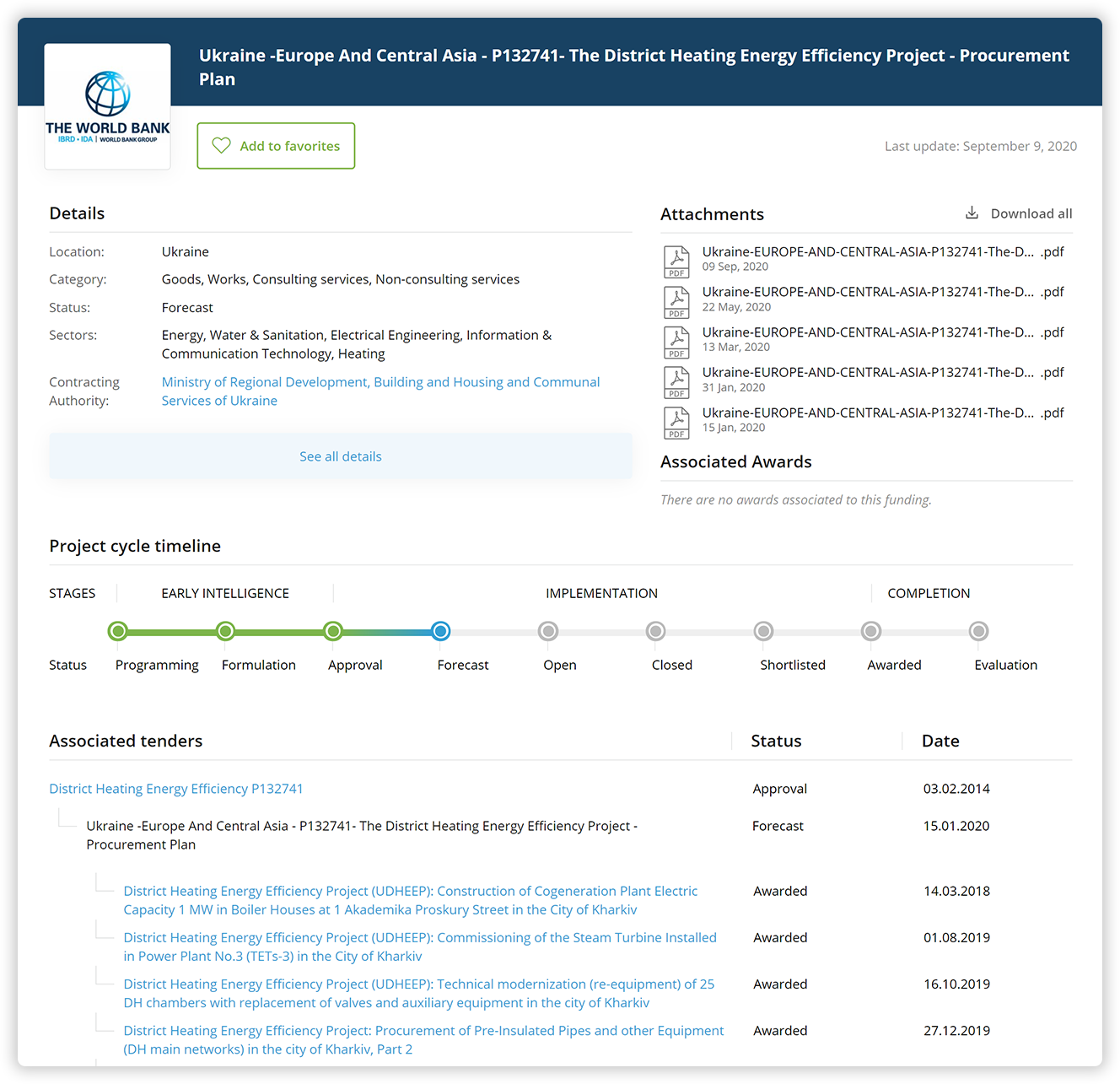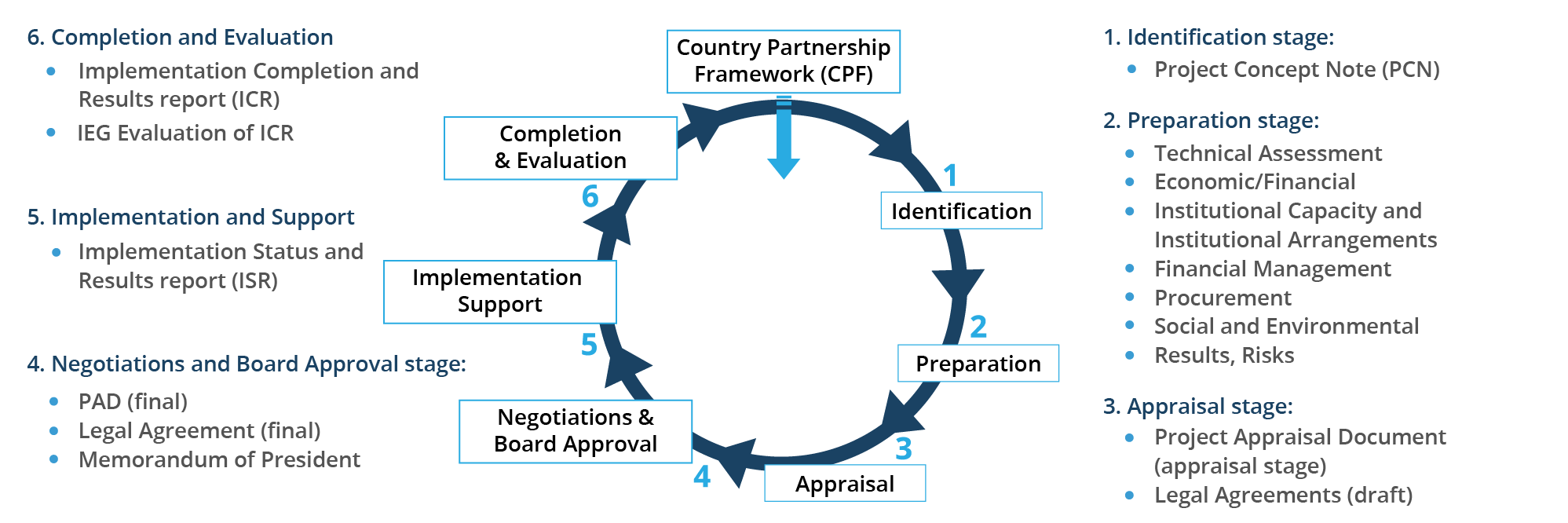International donors execute strict control of funds they provide, through a common methodology for designing, implementing, and evaluating the projects they finance, known as the Project Cycle Management (PCM). The number of steps in the project cycles can vary depending on the donor organization that implements them. In this article, DevelopmentAid reveals two additional stages of the Project Cycle, available in the Funding menu.
Every year, bilateral and multilateral donors release funds for thousands of projects in developing countries. The annual budget for development aid in 2019 was US$152.8 billion USD, according to OECD. In order to maintain better control of funds, donors have developed a common methodology for designing, implementing, and evaluating the tens of thousands of projects they finance every year in different areas: research and technology, economic and social development, environment, energy, transport, climate change, etc. This methodology is known as Project Cycle Management (PCM) and refers to the complete life-cycle of a project.
PCM defines the logic, phases, requirements, and documents needed in each stage of the entire project cycle. According to the European Union, there are five steps in the Project Cycle: Programming, Identification, Formulation, Implementation, and Evaluation & Audit.
The World Bank has a six-step PCM which includes Identification, Preparation, Appraisal, Negotiation and Board Approval, Implementation and Support, and, finally, Completion and Evaluation.
Most online platforms provide information about their Procurement Cycle which predominantly appears at the Implementation stage. DevelopmentAid.org also followed this system until May 2020.
However, as a result of in-depth analysis, DevelopmentAid platform is now updated to reflect the major stages of the Project Cycle. The Funding menu now therefore features the following statuses:
Early Intelligence:
- Programming (country strategy papers) which corresponds to the Programming stage (EC) or Country Partnership Framework (WB and others).
- Formulation (Monthly operational summaries with a short description of potential projects) which corresponds to the Formulation stage (EC) or Preparation stage (WB and similar others) of the PCM.
- Approval (Negotiation and Bank approval with corresponding Project Appraisal Documents (PADs)) which corresponds to Appraisal, Negotiation, and Bank Approval stages (the WB and similar others) of the PCM.
Implementation/Procurement:
- Forecast
- Open
- Closed
- Shortlisted
- Awarded
- Canceled
Completion:
- Completion and evaluation (WB and similar others), also called the Evaluation & Audit (EC) stage of the PCM.
DevelopmentAid members can also follow the root of a project by identifying it from the evaluation stage to see all the related projects of a program:

As can be seen, possessing information about a potential project months before it evolves into a tender offers tremendous value to organizations that compete in the development sector, as well as increasing their awareness and competitiveness. At the same time, receiving information about the Final Audit and Evaluation stage provides the ability to draw meaningful conclusions and undertake due diligence.
Editor’s note: The “Early intelligence” stage announcement is not a common practice among donors. Big donors, such as the European Commission, World Bank, IADB, ADB, EBRD will generally publish insights about possible projects they are considering to finance, while others may not consider this possibility.
Want to be part of our community? Join us at DevelopmentAid by becoming a member today.



